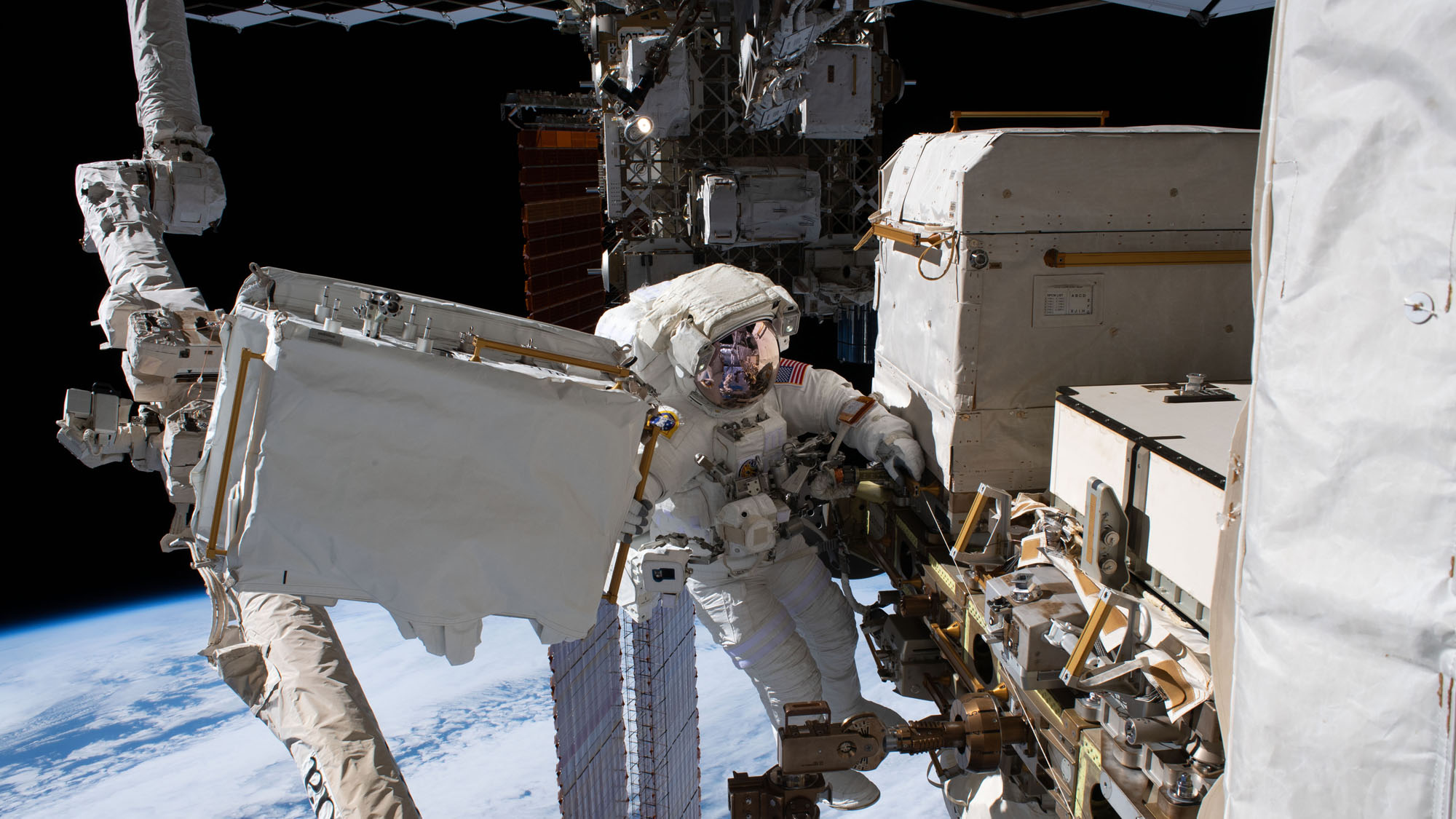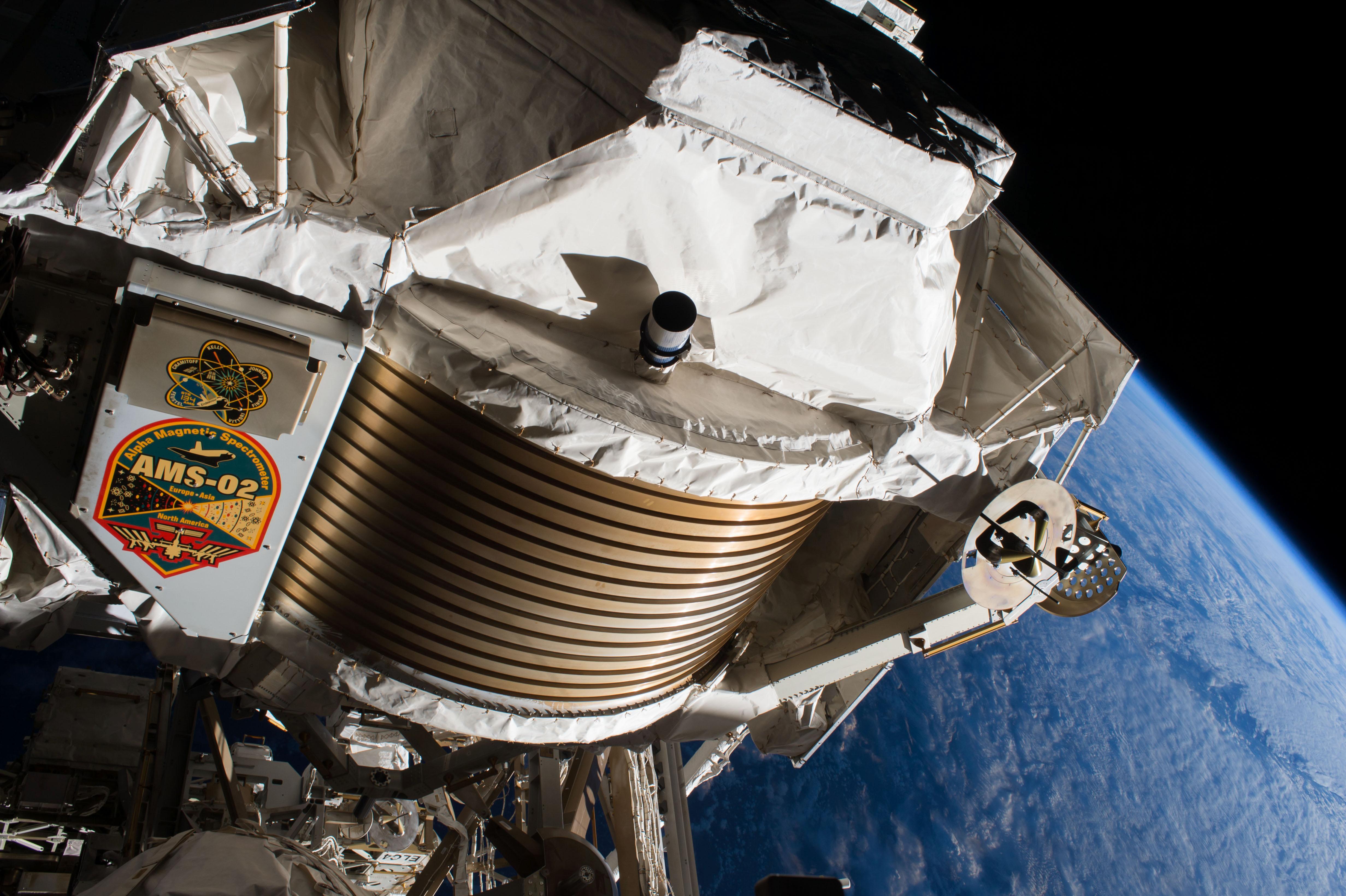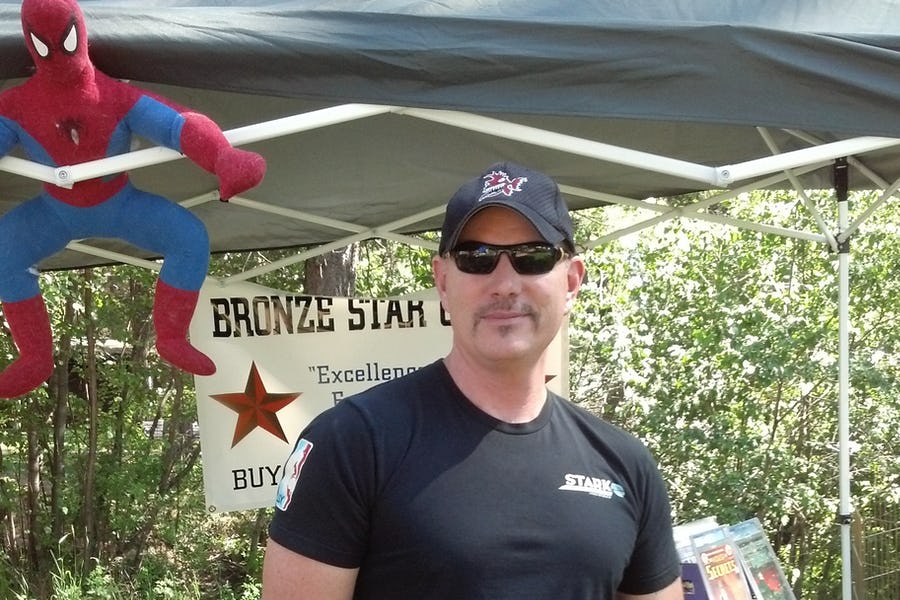With World Space Week in full swing around the globe, Disney Plus is taking center stage with its fascinating new docuseries "Among the Stars" lighting the fuse on all six episodes starting today (Oct. 6).
Filmed over the course of two years right before the pandemic erupted, this behind-the-curtain journey starts out following veteran NASA astronaut Chris Cassidy as he slips on his spacesuit for a third and final flight to the International Space Station (ISS) to attempt a daring repair on a $2 billion piece of equipment called an Alpha Magnetic Spectrometer (AMS). As the rescue operation goes a bit sideways, this intriguing series transforms into a spotlight on the entire NASA ground team and their dedication to the mission objectives.
Overseeing many of the integral aspects of the AMS cooling unit replacement is MIT physicist Sam Ting, a Nobel Prize-winning physicist whose visionary project seeks to unlock the mysteries of the universe by recording subatomic particles called charged cosmic rays, which can provide evidence of dark matter — mysterious, invisible stuff that makes up about 80% of the matter in the universe. In "Among The Stars," listening to him recall sitting by a pond as a boy with his grandmother, staring up at the heavens to wonder what's out there, is to share in his unbridled passion.
"It's a very comprehensive detector with seven elements that measure the charge, the mass, the velocity" of these subatomic particles, Ting, the AMS principal investigator, told Space.com. "Everything you know is measured. There are a total of 650 microprocessors and 300,000 channels. In ten years, we've measured 180 billion charged cosmic rays."
Related: Antimatter-hunting AMS experiment in space (photos)
- Want to try Disney Plus? You can get a 7-day free trial here
- Sign up for Disney Plus for $6.99/month

His 7.5-ton space magnet was initially installed on the ISS in 2011 as the first precision particle physics detector operating in space. Led by MIT, the endeavor is an international effort relying on the support of 44 different institutions, including the European Organization for Nuclear Research (CERN) and sponsored by NASA and the Department of Energy.
Space.com spoke with Ting on the eve of the series' premiere to learn more about his particle detecting machine, how he followed his curiosity as a career path, and what advice he'd offer aspiring scientists hoping to unlock secrets of the cosmos.
Get the Space.com Newsletter
Breaking space news, the latest updates on rocket launches, skywatching events and more!
Space.com: What was the filming process like for you on "Among the Stars?"
Sam Ting: The cameras were not following me most of the time. I was mostly watching from the control room in Geneva, Switzerland while they were figuring out the repair work and still collecting data for the experiment. But I did attend all the important meetings and had people from NASA come to Switzerland to talk to me about what they're doing.

Space.com: In simple terms, can you explain how the Alpha Magnetic Spectrometer operates?
Ting: There are two kinds of cosmic rays: those that don't carry a charge, like light waves and neutrinos, and then there are charged cosmic rays: electrons, positrons, protons and atomic nuclei. Because they carry a charge, they must have a mass. Because they have a mass they are absorbed within 100 kilometers [62 miles] of Earth's atmosphere. So you cannot measure the intrinsic property of charged cosmic rays on the ground.
To measure the property of charged cosmic rays in space you need to put a detector in space. Because you want to measure the charge, you need a magnet. Inside the magnet the positive particles go one way and the negative go the opposite way. Putting a magnet in space is not easy, and we figured out how to put a large magnet in space. It's the first of its kind and we decided to put the best instrument possible inside.
It's a very comprehensive detector with seven elements that measure the charge, the mass and the velocity. Everything you know is measured. There are a total of 650 microprocessors and 300,000 channels. So far, in 10 years, we've measured 180 billion charged cosmic rays. That's an enormous amount of signals, measured to an accuracy of 1%. The properties do not agree with the current theoretical models. What we have known about cosmic rays needs a major modification.

Space.com: What was the defining moment for you when choosing a career path?
Ting: I started at the University of Michigan in mechanical engineering. After one year, my advisor said that I was no mechanical engineer. Because at that time, there were no computers. You had to make drawings looking from the top, looking from the side, looking from the air. So my advisor said I should go into physics and skip the undergraduate courses and go take courses in graduate school. The advisor was Professor Robert White, a very well known engineer. And that's how I became a physicist.
Space.com: What keeps you inspired and motivated in your mind-expanding field?
Ting: Curiosity. To choose a topic and ask the right question is a very important element of a physicist. Often, my experiments will receive enormous amounts of objections from the scientific community. People think that it's too difficult and nobody can do it. Even more people think it's totally useless. Physics does not depend on votes. Public opinion is important, but not the most important. When you change public opinion with your end results, then you make a contribution to the field.
Space.com: What advice would you give to those wanting to study physics and astronomy?
Ting: From my own experience, I think everybody's ability is limited. In order to make a contribution you have to realize you need to concentrate on one thing only. If you try to do physics, you must know this is the most important thing for you. Other things are not important.
All six chapters of "Among the Stars" are now available for streaming on Disney Plus.
Follow us on Twitter @Spacedotcom and on Facebook.
Join our Space Forums to keep talking space on the latest missions, night sky and more! And if you have a news tip, correction or comment, let us know at: community@space.com.

Jeff Spry is an award-winning screenwriter and veteran freelance journalist covering TV, movies, video games, books, and comics. His work has appeared at SYFY Wire, Inverse, Collider, Bleeding Cool and elsewhere. Jeff lives in beautiful Bend, Oregon amid the ponderosa pines, classic muscle cars, a crypt of collector horror comics, and two loyal English Setters.








